Why is Breakfast Really That Important?
There are so many misconceptions and misinformation about nutrition. Everyone wants to believe they are eating to properly fuel their body and prevent disease. There is one clear path to learn how to separate fact from fiction when it comes to nutrition information. For some reason, many people prefer to follow the nutrition fads, instead of trying to understand how the body works.


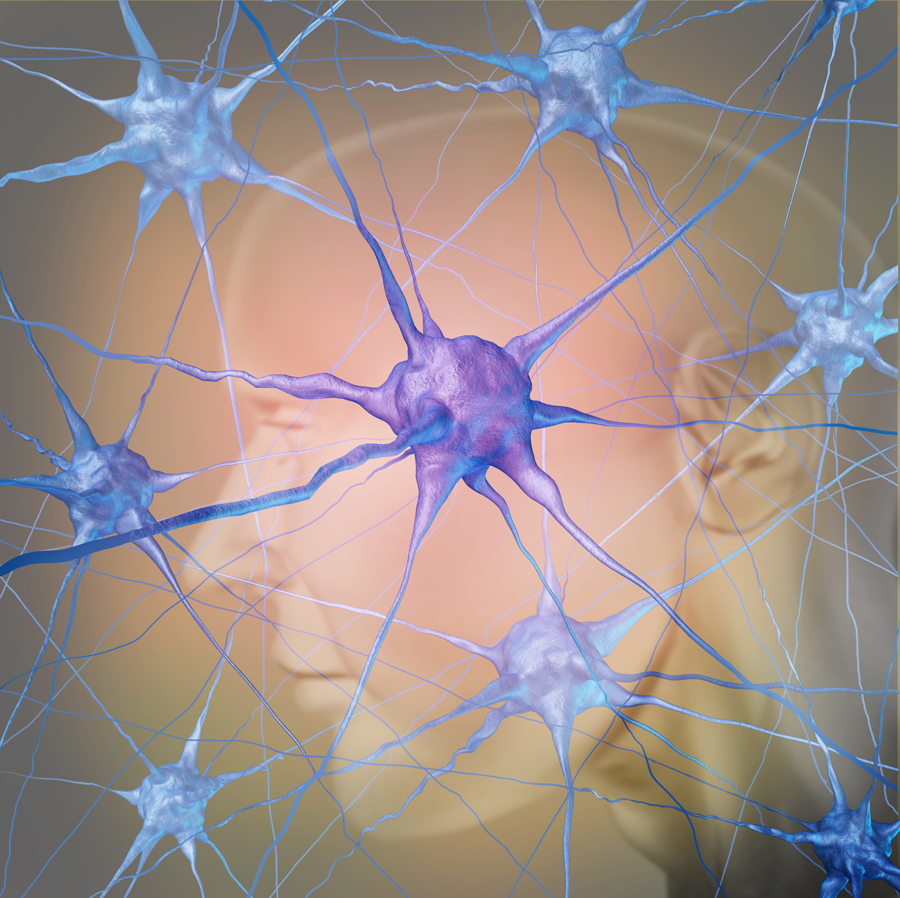
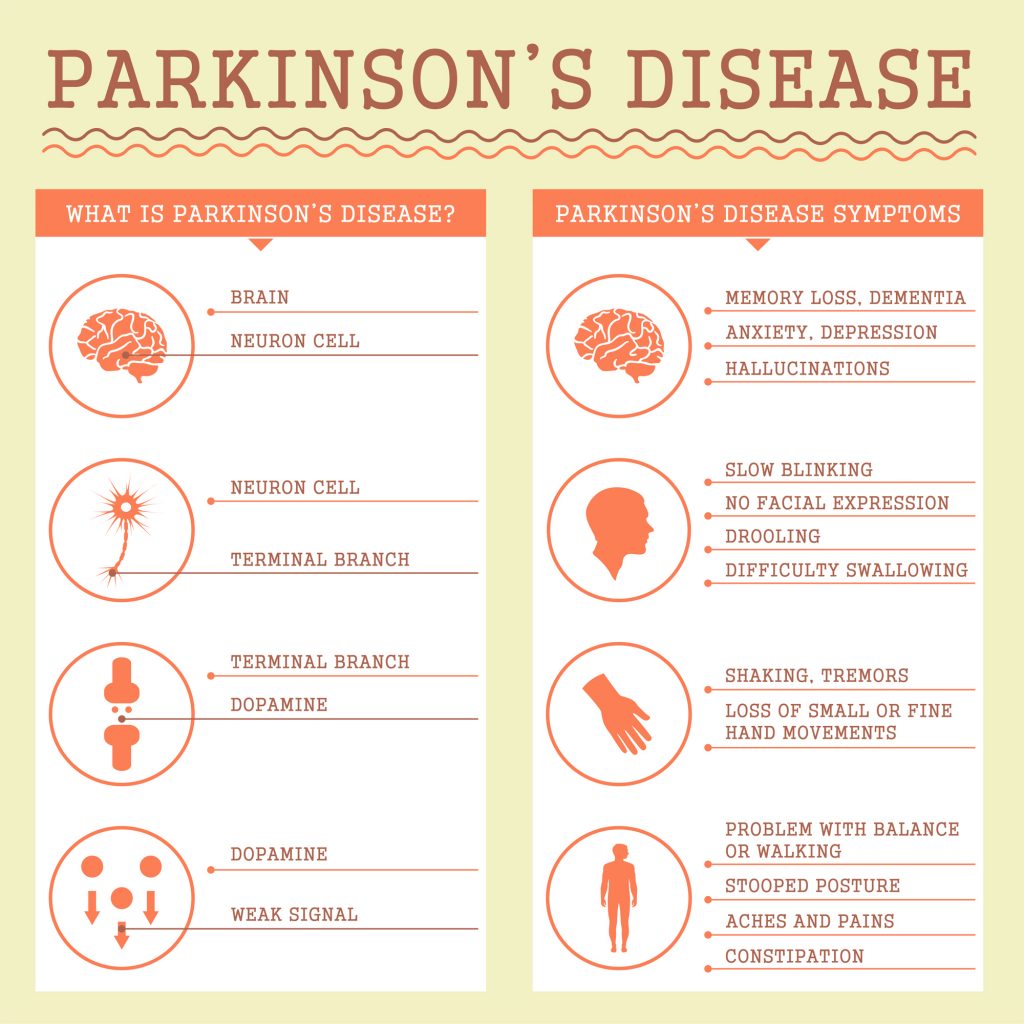


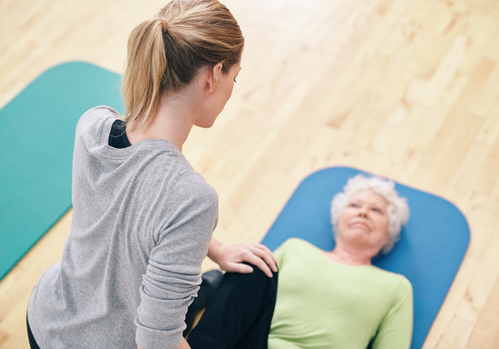
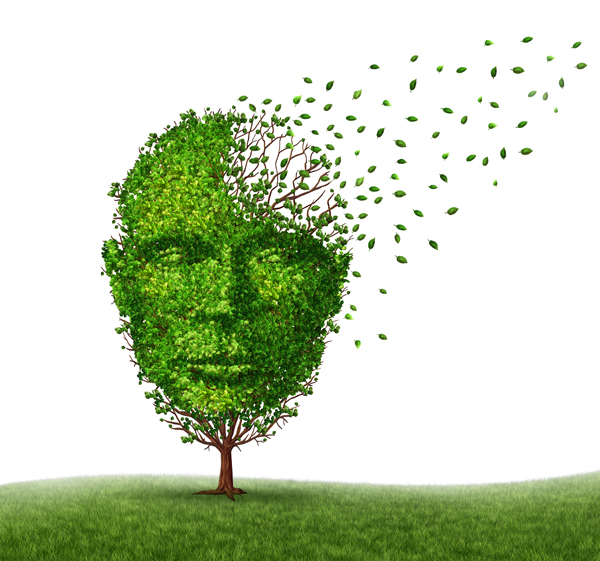
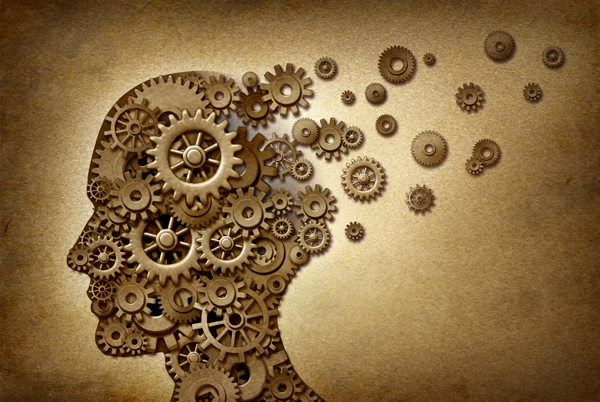

 Hey! Did you know that all pain is all in your head? It doesn’t mean you don’t have real pain when something to cause pain happens, or that chronic pain is not real. Feelings of pain are very real and are initiated by the brain for a very important basic reason…to keep you safe.
Hey! Did you know that all pain is all in your head? It doesn’t mean you don’t have real pain when something to cause pain happens, or that chronic pain is not real. Feelings of pain are very real and are initiated by the brain for a very important basic reason…to keep you safe. There is growing evidence that chronic pain is caused by multiple factors including cognitive, physiological, and behavioral factors. If you are working with clients or interacting with a family member with chronic pain, it is important to understand that it is not just simply a physiological response to pain. It is important to effectively influence a client’s attitude, cultural background and belief system-which influences social norms and perceived behavioral control. To achieve the highest positive health/fitness results among the chronic pain population, it is important to know and understand your client as a whole person.
There is growing evidence that chronic pain is caused by multiple factors including cognitive, physiological, and behavioral factors. If you are working with clients or interacting with a family member with chronic pain, it is important to understand that it is not just simply a physiological response to pain. It is important to effectively influence a client’s attitude, cultural background and belief system-which influences social norms and perceived behavioral control. To achieve the highest positive health/fitness results among the chronic pain population, it is important to know and understand your client as a whole person.